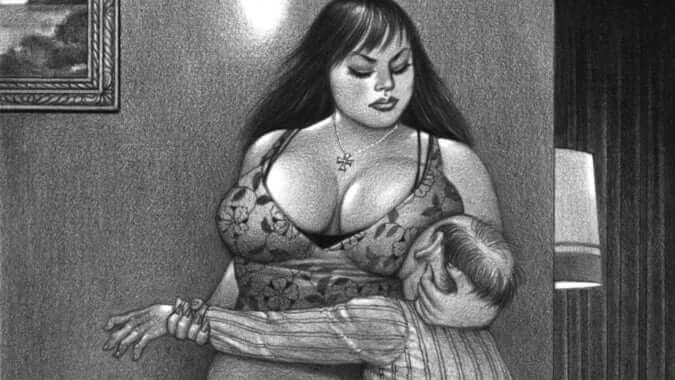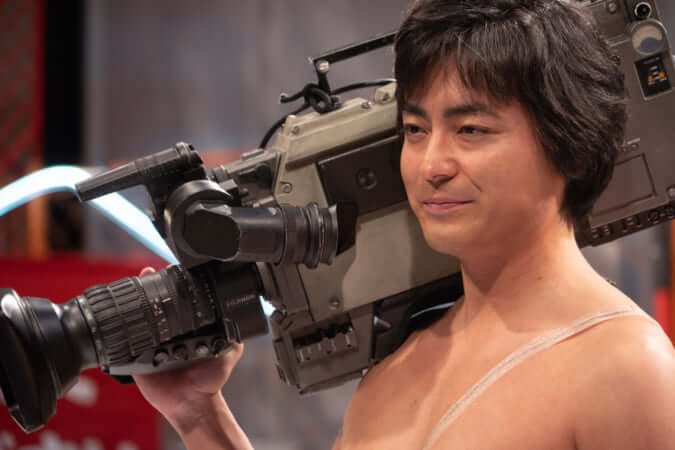The Kadokawa Culture Museum, Designed by Kengo Kuma
The building houses a spectacular library with shelves standing eight metres high and lined with almost 50,000 books.
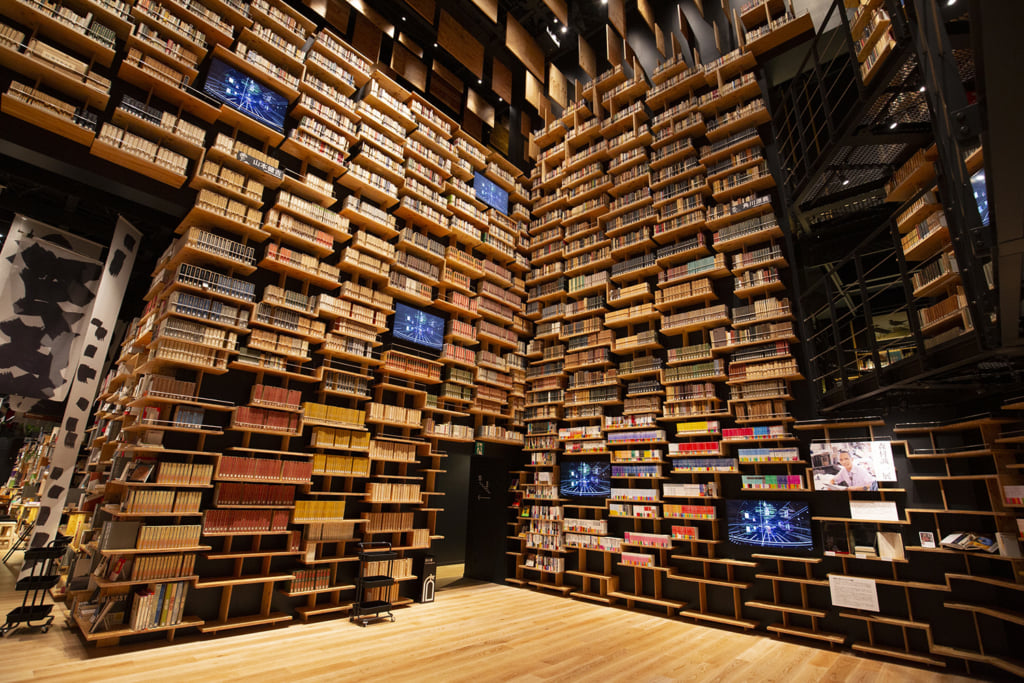
© Kadokawa Culture Museum
Star architect Kengo Kuma set aside his material of choice, wood, to create the Kadokawa Culture Museum, situated in Tokorozawa Sakura Town in Saitama Prefecture, not far from Tokyo.
The museum, which stands 40 metres high and has a surface area of 12,000 square metres, was constructed from 20,000 granite stones assembled in an asymmetrical arrangement, which gives the building the appearance of a monolith in a work of science fiction. The aim of this cultural complex is to bring together artistic disciplines like literature, anime, natural history, and fine arts in one place.
Spotlight on popular culture
The museum contains a library dedicated to manga and short stories, a large exhibition space spread over more than 1000 square metres, an EJ (Entertainment Japan) animation museum devoted to anime culture with a wide range of books, films, games, and merchandise, and a curiosity cabinet. The most impressive part of the Kadokawa Culture Museum is, however, without doubt the library, with its shelves that stand eight metres high and contain 50,000 titles.
For those coming from Tokyo for the day, a visit to the museum can be followed by a trip to Musashino Jurin Park, which houses a permanent digital art exhibition by the teamLab collective: Resonating Life in the Acorn Forest.
More information about the Kadokawa Culture Museum can be found on its website.
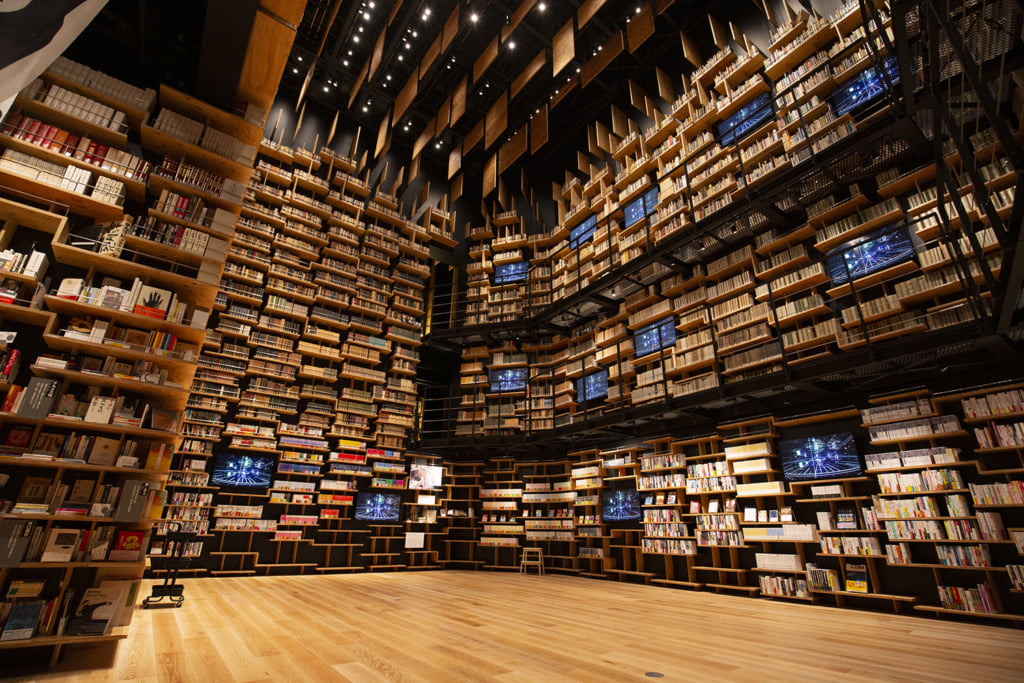
© Kadokawa Culture Museum
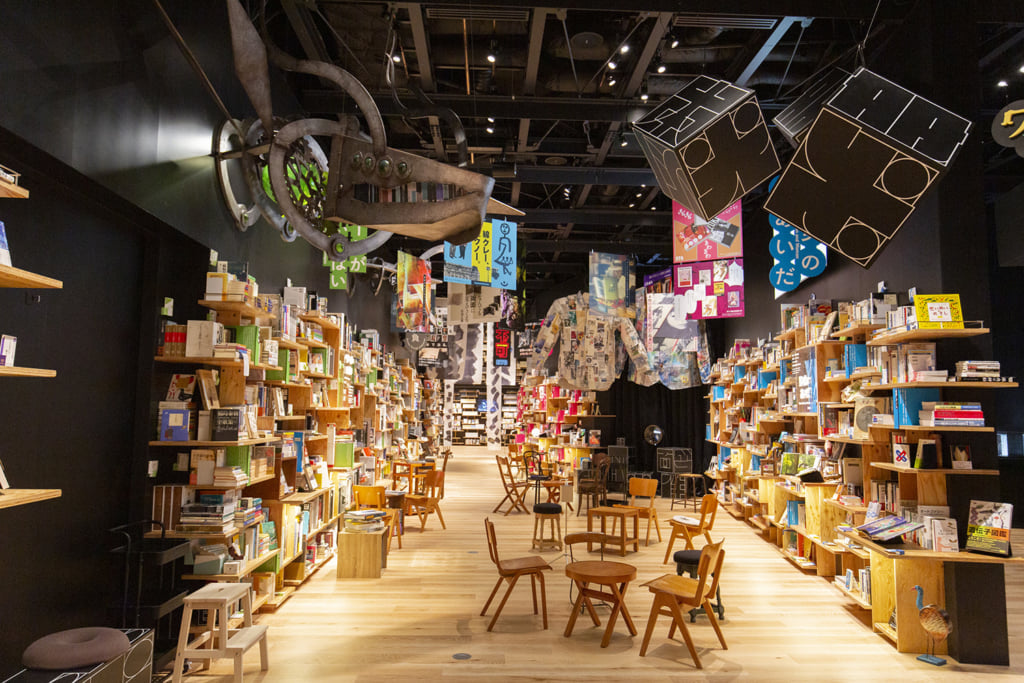
© Kadokawa Culture Museum

© Kadokawa Culture Museum
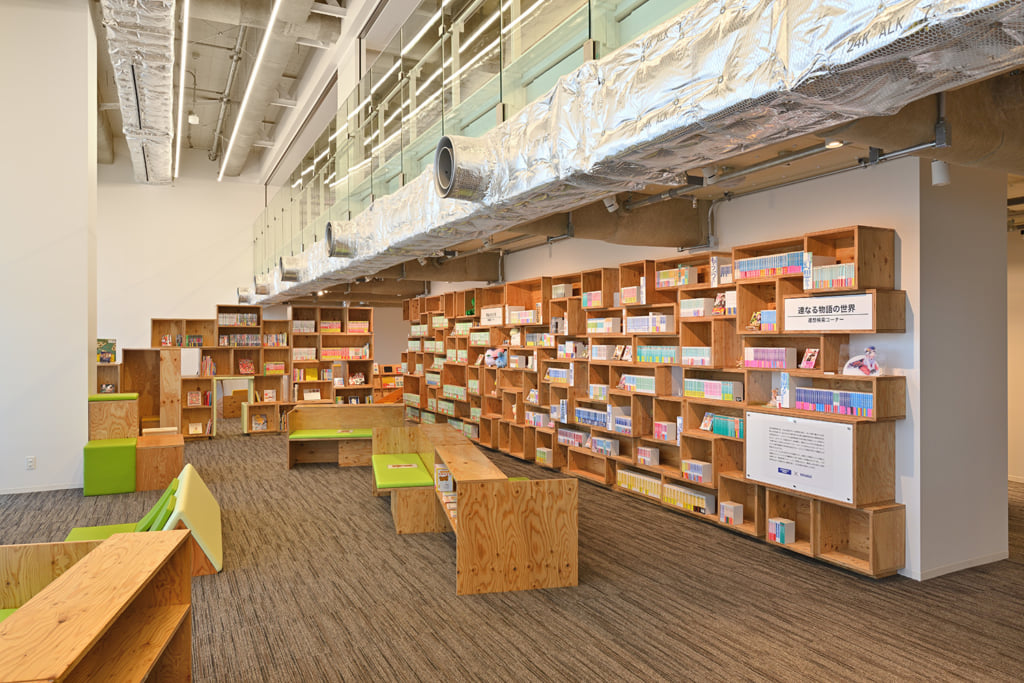
© Kadokawa Culture Museum
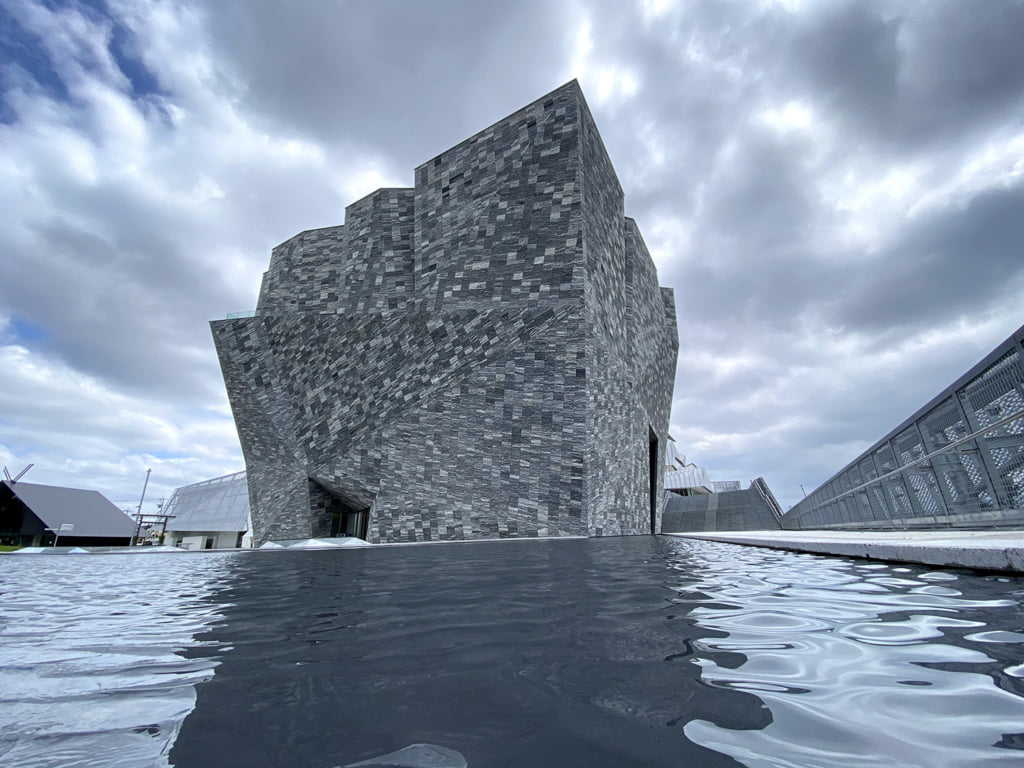
© Kadokawa Culture Museum
TRENDING
-
Ishiuchi Miyako, A Singular Perspective on Women
Recipient of the 2024 Women in Motion Award, the photographer creates intimate portraits of women through the objects they left behind.

-
Recipe for Ichiraku Ramen from ‘Naruto’ by Danielle Baghernejad
Taken from the popular manga with the character of the same name who loves ramen, this dish is named after the hero's favourite restaurant.

-
Namio Harukawa, Master of Japanese SM Art
'Garden of Domina' offers a dive into the world of an icon of ‘oshiri’, whose work has now reached a global audience.

-
The Tattoos that Marked the Criminals of the Edo Period
Traditional tattoos were strong signifiers; murderers had head tattoos, while theft might result in an arm tattoo.

-
The Emperor of Japanese Porn is Now the Star of a Netflix Series
Deliciously funny, The Naked Director especially succeeds in reviving the atmosphere that was so characteristic of 1980s Japan.



